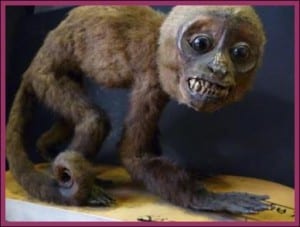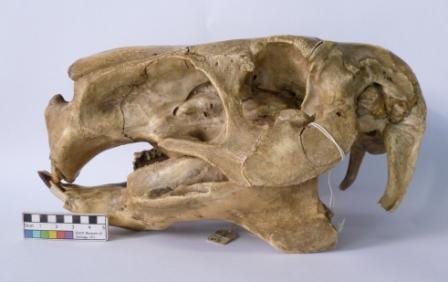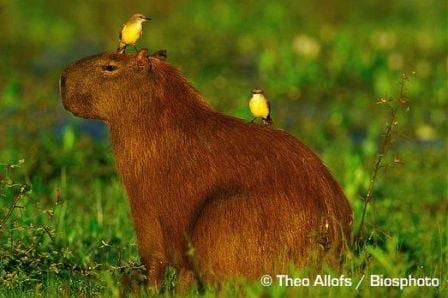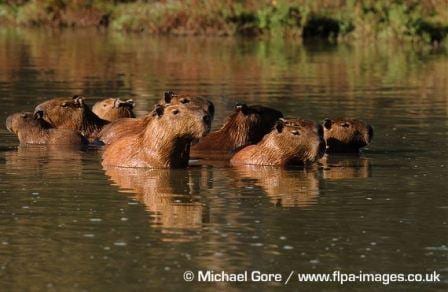Specimen of the Week: Week Ninety-Eight
By Emma-Louise Nicholls, on 26 August 2013
 Two blogs away from the big 1-0-0! In the run up to the 100th blog I will bring you the top ten specimens at the Grant Museum, as voted for by…. me. I have employed strict criteria with which to segregate the top ten from the other 67,990 specimens that we have in our care…
Two blogs away from the big 1-0-0! In the run up to the 100th blog I will bring you the top ten specimens at the Grant Museum, as voted for by…. me. I have employed strict criteria with which to segregate the top ten from the other 67,990 specimens that we have in our care…
1) It must not be on permanent display, giving you a little behind-the-scenes magic, if you will, as the specimen will then go on display for the week of which it has been named ‘Specimen’. Oh yes. That’s almost as good as our exhibition It Came From The Stores. Almost.
2) It must have at some point in the past made me say ‘woooo’ out loud (given my childlike disposition for expressing wonderment at the world at large, this is not necessarily a hard qualification for the specimen to achieve)
3) I must know (at least in a vague sort of a way) what species the specimen is, as SotW is researched and written within a strict one hour time frame.
With that in mind, at Number Three, this week’s Specimen of the Week is…
**The Capybara Skull**

The gargantuan capybara skull (Hydrochoerus hydrochaeris) at
the Grant Museum of Zoology. LDUCZ-Z188
1) The first thing that attracted me to this specimen is the size. I’m only human. Capybaras are rodents, like rats and mice, but they grow to over a metre in length and weigh up to 66 kg, which is more than me. They are, needless to say, the largest rodent in the known universe (Skaven aside). They are stocky creatures with a blunt snout and have coarse beige-brown hair. Most interestingly (subjective statement) is the webbed feet. They are partly aquatic and swim extremely well. They like the water so much they have evolved to have their nostrils, eyes and ears on the very top of the head, so that like a hippo, they can be submerged and swim around with these vital parts of their anatomy sticking up into the rather required air. Part of the stocky look is caused by the large amount of fatty tissue that gives capybaras neutral buoyancy within the water.
2) Males and females are fairly tricky to tell apart unless you know what you are looking for and have a good view. No, I don’t mean that. Male capybaras have a well developed scent gland, that looks like a black naked patch of swollen skin, on the top of their snout. It is called a morillo and its purpose is thought to be to signalling dominance. A large amount of sticky white fluid (I said not that) is secreted from the gland and lets other capybaras know what’s what. Capybaras also growl, bark and whistle to get their point across.

A capybara with two cattle tyrants for decoration. Image taken by
Theo Allofs Biosphoto. Image obtained from www.arkive.org
3) The capybara likes to have familial company and will normally live with nine to 29 other individuals (a typical capybara group being 10 to 30). Any capybaras living without a group tends to be male. Different groups tolerate each other when times are tough and in the dry season a number of families may gather around the last pools of water. Whilst more gregarious in the dry season, the rest of the year the adults within a particular group will band together to defend their territory, employing secretions from scent glands around the anus to scent mark the area.
4) Long ago capybaras decided that mating in the water was more fun than on dry land. An unusual life choice for a rodent. The female usually gives birth (not unusual) towards the end of the rainy season, presumably because the vegetation they eat is at its peak. Up to eight babies are born in the one litter she will have per year. They are born amazingly well developed and will subsequently be able to follow the mother around as well as graze on grass, by the age of one week. Because of this, the mother’s milk actually forms a very small part of the weeks baby capybara’s diet, and even ‘mother’s milk’ is a loose term given that the babies will suckle from any female. Technically they are ‘weaned’ at around 16 weeks old.

Capybaras partly submerged. Image taken by Michael
Gore www.flpa-images.co.uk. Image obtained from
www.arkive.org
5) The capybara is native to most of South America. They inhabit lowland environments close to a source of water, such as rivers, rainforest lakes, marshes, brackish wetlands, swamps, and seasonally flooded grassland and savanna. The majority of capybaras are found on the grasslands of Venezuela, Colombia and Brazil, that flood seasonally. This life habit gave them their common name which translates to the drug addict sounding title of “master of the grasses”.
Emma-Louise Nicholls is the Museum Assistant at the Grant Museum of Zoology
 Close
Close

